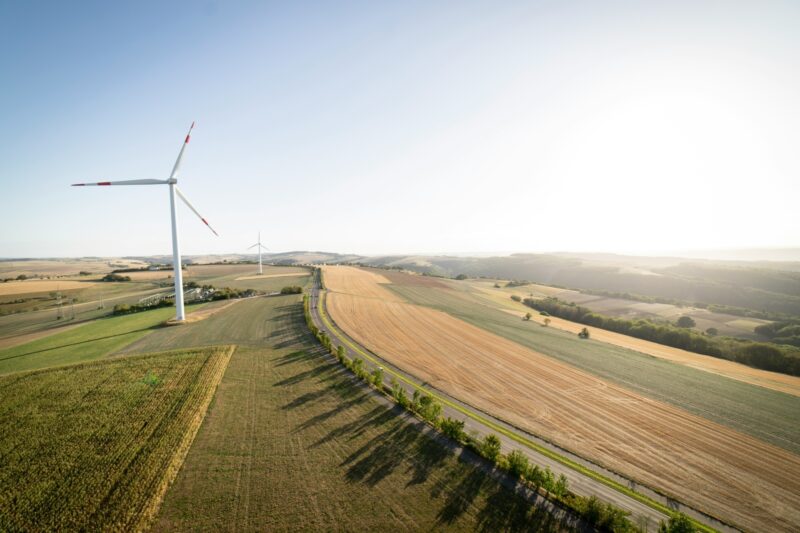Country briefing: Germany

In 2023, nearly half of Germany's electricity came from fossil fuels. Per capita emissions were above the global average.
Wind (27%) became the largest single contributor to electricity generation, marginally surpassing coal (26%). The share of wind and solar (39%) is 3x that of the global average (13%).
As part of its RE law, Germany aims to achieve more than 80% of electricity through renewables by 2030, and 100% by 2035. The country's Climate Law has set ambitious total net zero emissions target for 2045, which includes clearly defined annual build-out targets enshrined in law.
This implies a complete phase-out of coal in the next decade, although the pace of fossil fuel phase-out is less clear and remains controversial.
This report examines the wind and solar capacity installation Germany needs for a 1.5ºC compatible pathway, aligning with the goal of tripling renewables by 2030.
Key findings
By 2030, Germany’s wind and solar generation must more than triple from 2022 levels, with wind capacity more than doubling and solar capacity almost quadrupling.
Rollout projections show solar meeting the 250 GW benchmark, but wind falling short of the 145 GW benchmark.
Germany’s wind and solar 2030 targets broadly align with the 1.5°C benchmarks.
Over the rest of this decade, annual capacity additions need to grow almost 5x on average for wind and almost triple for solar. The country has achieved comparable deployment rates in the past for wind, showing that these benchmarks are achievable.
Despite a recent slowdown, our modelling predicts wind power will continue to generate more electricity than solar, consistent with country studies and government efforts to promote wind power.
Fossil fuel phase-out in the next decade is crucial for meeting national targets and ensuring alignment with 1.5°C wind and solar benchmarks; our analysis suggests the share of fossil fuels must decrease by 68-76% by 2030.